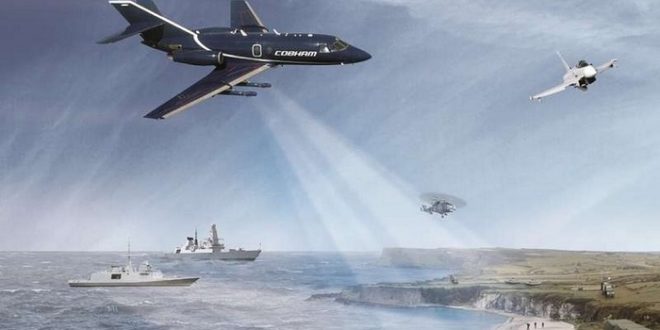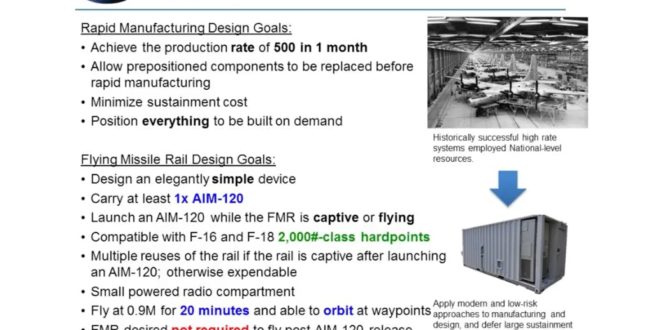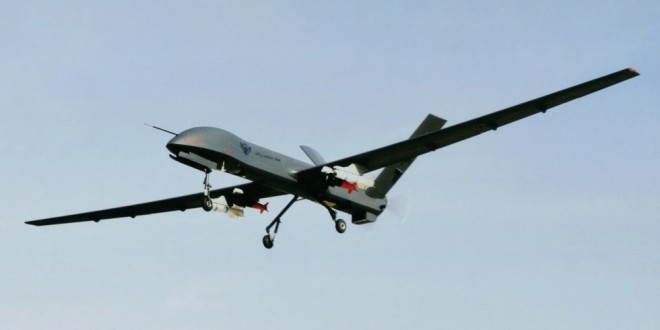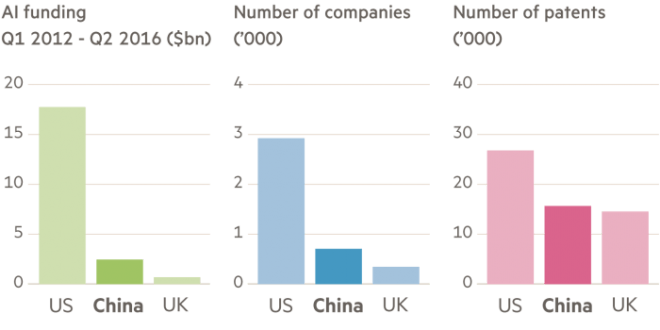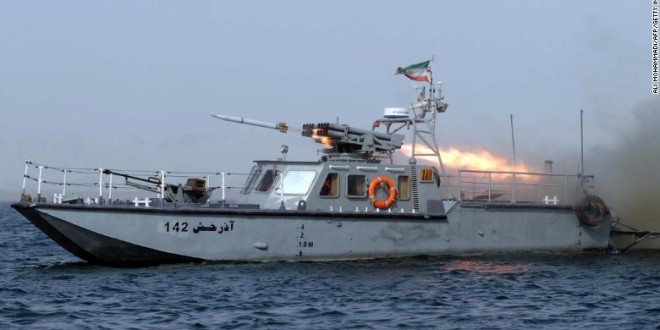April 19, 2020
Electronics & EW, Geopolitics, Strategy & Technological Rivalries
For NATO forces, the Electromagnetic spectrum (EMS) is an essential part of military operations, so much so that many Allied leaders now see the EME as an operational environment and a part of the battlespace where friendly forces manoeuvre in time, location, and spectrum to create electromagnetic effects in support …
Read More »
March 14, 2020
Geopolitics, Strategy & Technological Rivalries, Thermal, Propulsion & Energy, Weapons & Munitions
A neutron beam can destroy electronics and that would be useful in warfare. The U.S. Defense Strategic Defense Initiative put into development the technology of a neutral particle beam to be used as a weapon in outer space. Neutral beam accelerator technology was developed at Los Alamos National Laboratory. According to …
Read More »
March 13, 2020
Cyber & IW, Geopolitics, Strategy & Technological Rivalries
According to the World Economic Forum’s 2016 Global Risks Report, cyber-security is recognised as one of the greatest threats to business worldwide, and the global cost of crimes in cyberspace is estimated to be $445bn. By 2021, cybercrime damage is estimated to hit $6 trillion annually. To put that in …
Read More »
March 4, 2020
Geopolitics, Strategy & Technological Rivalries, Industry & Market Dynamics
The rising tensions between the US and China has put Australia is a very awkward position. Its defence traditionally relied on the US which is now challanged by China. United States Defence Secretary General James Mattis released the National Defense Strategy Commission’s assessment of the Pentagon’s defence strategy, warned that …
Read More »
February 24, 2020
Air Force & Aviation, Geopolitics, Strategy & Technological Rivalries, Weapons & Munitions
The US has fallen behind adversaries in developing long range Air to Aor missiles. While US Air Force had awarded a half-billion-dollar contract to Raytheon for long range air-to-air missile, capable of hitting enemy planes from 100 miles (160 kilometers) away. But China’s latest offering, the PL-15, and another Chinese air-to-air …
Read More »
February 19, 2020
Geopolitics, Strategy & Technological Rivalries, Industry & Market Dynamics
The Sep 2019 attacks on Saudi Arabia’s crude oil hub at the Abqaiq and Khurais production facilities reveal how drone warfare has progressed in terms of choosing of targets, precision attack, employment tactics that even a nation with a sophisticated military and a massive defense budget is still vulnerable to …
Read More »
January 26, 2020
Geopolitics, Strategy & Technological Rivalries, Industry & Market Dynamics
The United States and Israel have maintained strong bilateral relations based on a number of factors, including robust domestic U.S. support for Israel and its security; shared strategic goals in the Middle East; a mutual commitment to democratic values; and historical ties dating from U.S. support for the creation of …
Read More »
January 23, 2020
AI & IT, Geopolitics, Strategy & Technological Rivalries
Many nations are racing to achieve a global innovation advantage in artificial intelligence (AI) because they understand that AI is a foundational technology that can boost competitiveness, increase productivity, protect national security, and help solve societal challenges. Nations wherein firms fail to develop successful AI products or services are …
Read More »
January 10, 2020
Geopolitics, Strategy & Technological Rivalries, Security & Threat Management
Counterfeit money is imitation currency produced without the legal sanction of the state or government usually in a deliberate attempt to imitate that currency and so as to deceive its recipient. Producing or using counterfeit money is a form of fraud or forgery. Counterfeit currency has been in circulation …
Read More »
December 28, 2019
Defense & Military, Geopolitics, Strategy & Technological Rivalries
In July 2019 US Navy ship in the Persian Gulf reportedly used a new, anti-drone system to take down an Iranian drone that came within a thousand yards, according to Military.com. In a statement, the Department of Defense confirmed that the USS Boxer was moving through the Strait of Hormuz …
Read More »

 International Defense Security & Technology Your trusted Source for News, Research and Analysis
International Defense Security & Technology Your trusted Source for News, Research and Analysis
